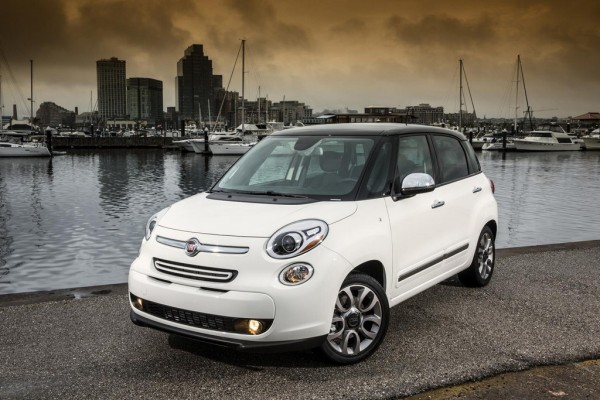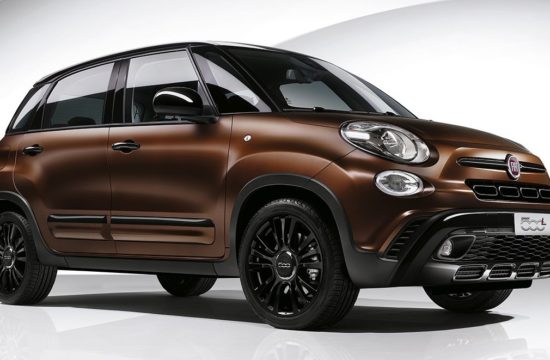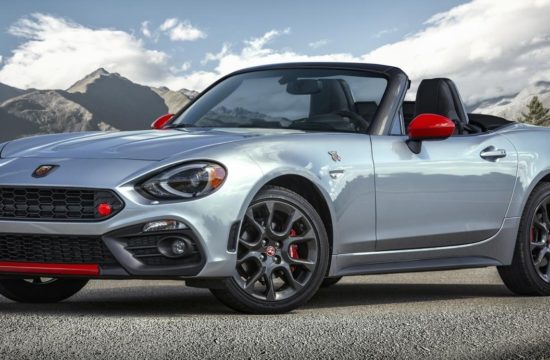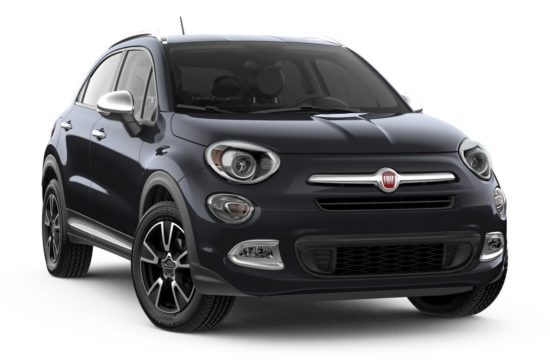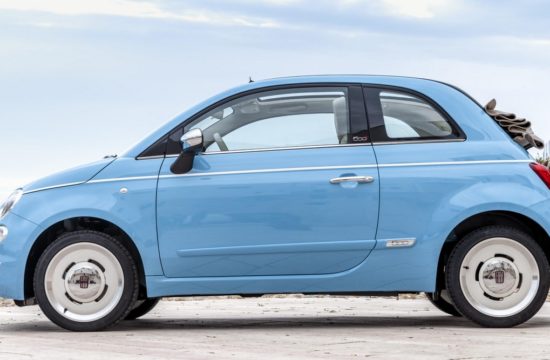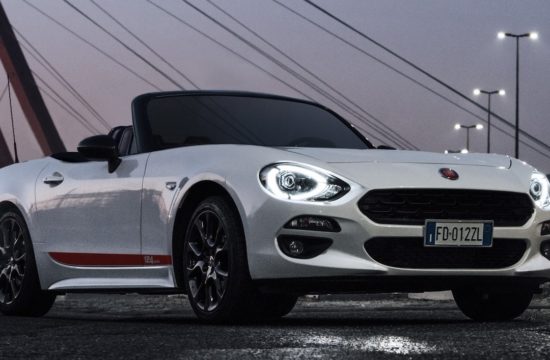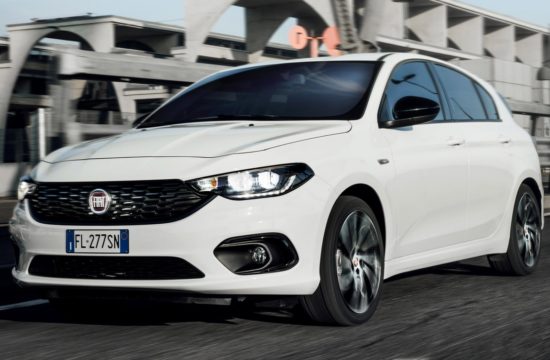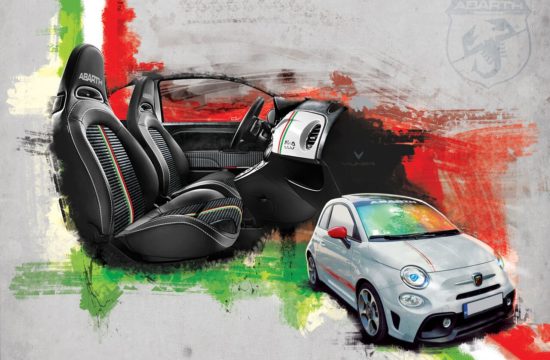There used to be a time when a family car only needed to be large in order to be successful. These days though, priorities have changed. These days a good family car has to be compact, efficient, practical, good-looking, and above all, safe. The 2014 Fiat 500L, then, appears to tick all right boxes.
The trendy four-door B-segment hatchback which is on sale in America thanks to the successful Fiat-Chrysler merger has been awarded by the Insurance Institute of Highway Safety as a Top Safety Pick. This, and the 5-star rating the car acquired from European NCAP and its American equivalent NHTSA, are enough proof that it is as safe as cars of this type currently get.
Now you might think that it’s no big deal and all new cars are top safety picks. But we can still remember how the new generation Kia Forte failed rather miserably a few months ago at almost all its crash tests. Fiat 500L packs might be small, but it packs the latest active and passive safety features, and it is designed with built-in safety features. It is especially good at protecting children, which is a huge plus and a big selling point in a family car.
Some of the safety features of the 2014 Fiat 500L include:
- Advanced multistage air bags, which inflate with a force appropriate to the severity of the impact; unique to the Fiat 500L is a design that includes tethers to shape the air bag (standard)
- Full-length side-curtain air bags, which extend protection to all outboard front- and rear-seat passengers; each side air bag has its own impact sensor that triggers deployment on the side where an impact occurs (standard)
- Driver’s-side knee air bag, which deploys with the driver’s advanced multistage air bag; located below the instrument panel, it is designed to properly position the occupant during impact and offer additional lower leg protection (standard)
- Seat-mounted side pelvic-thorax air bags, which provide enhanced protection to the driver and front outboard passenger in certain impacts; each side air bag has its own impact sensor that triggers deployment on the side where an impact occurs (standard)
- Reactive head restraints, which deploy in the event of a rear collision by minimizing the gap between the heads of the driver and front passenger and their respective head restraints (standard)
- Three second-row head restraints (standard)
- Seat belt pretensioners, which remove slack from the seat belt system to reduce forward movement of the occupant’s body, thereby maximizing the system’s efficiency; activated by impact sensors (standard)
- Digressive load limited retractors, which regulate force exerted on the occupant by the seat belt and then gradually releases seat belt webbing in a controlled manner; system features a digressive load limiter for the driver and the front passenger (standard)
- Three-point seat belts for front occupants; all rear seating positions have lap and shoulder belts (standard)
- Energy management system of three front load paths designed from high-strength steel manage vehicle crush and minimize cabin intrusion
- Crumple zones designed to deform during an accident to absorb energy from an impact, which decreases transfer of that energy to occupants
- Safety cage body structure, which protects occupants by managing and controlling energy in the event of an impact (standard)
- Side guard door beams, which provide occupant protection during a side impact
- Daytime running lamps for additional forward illumination; improves vehicle awareness

